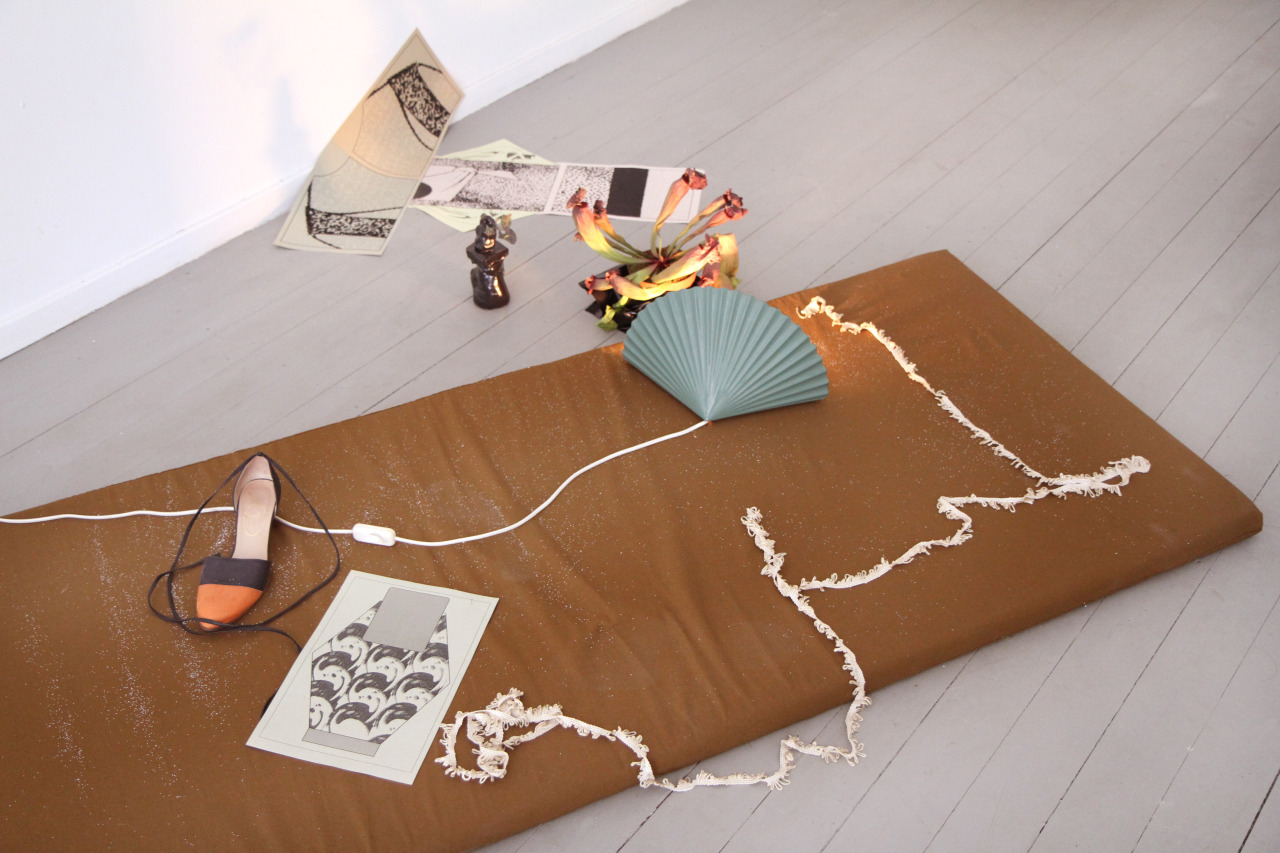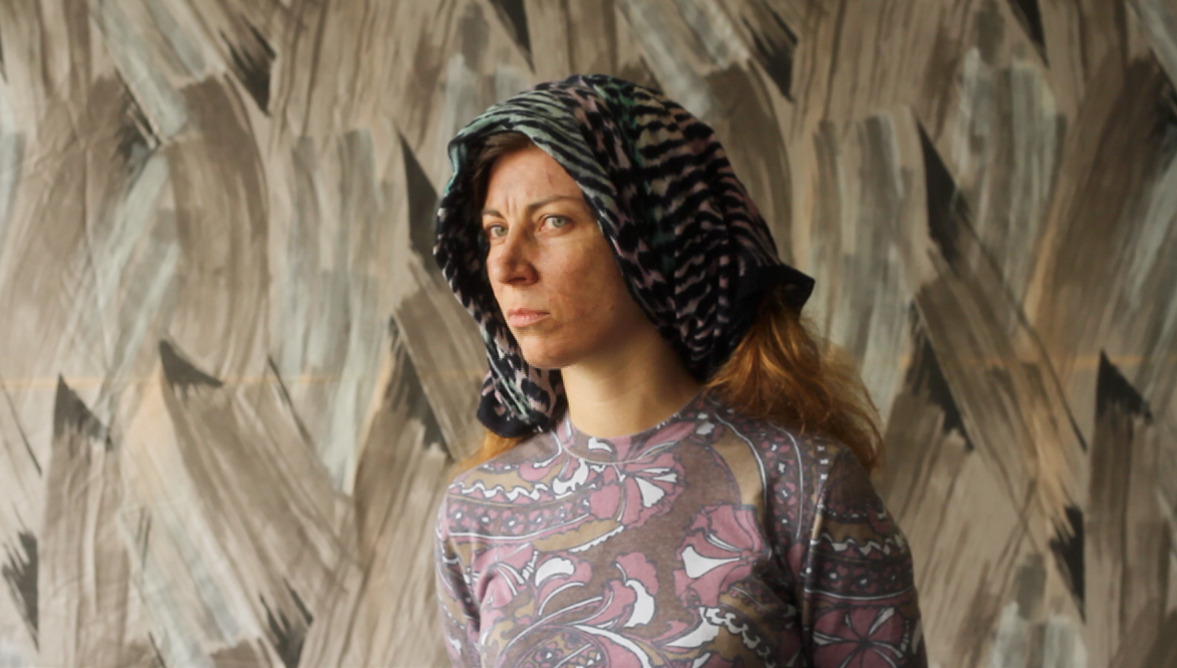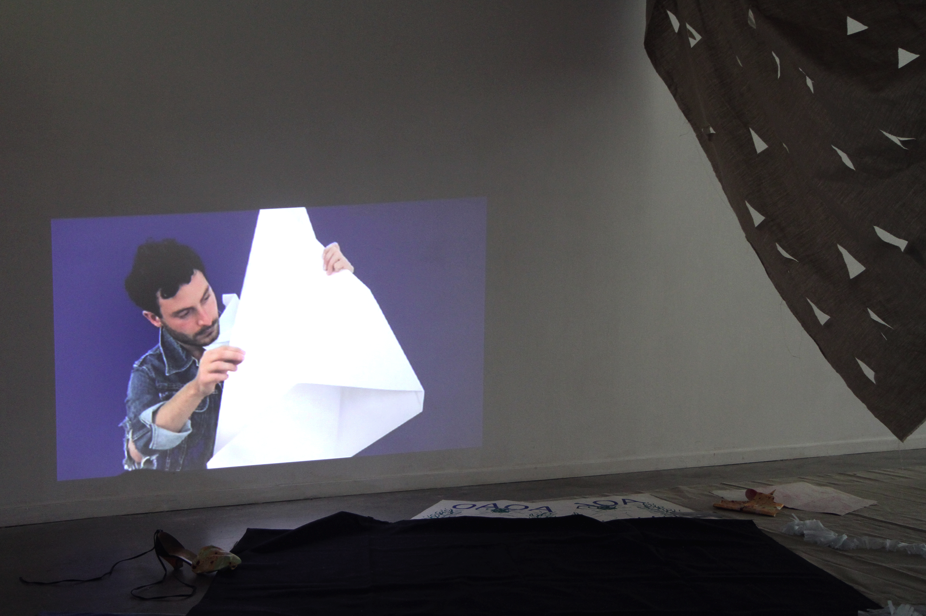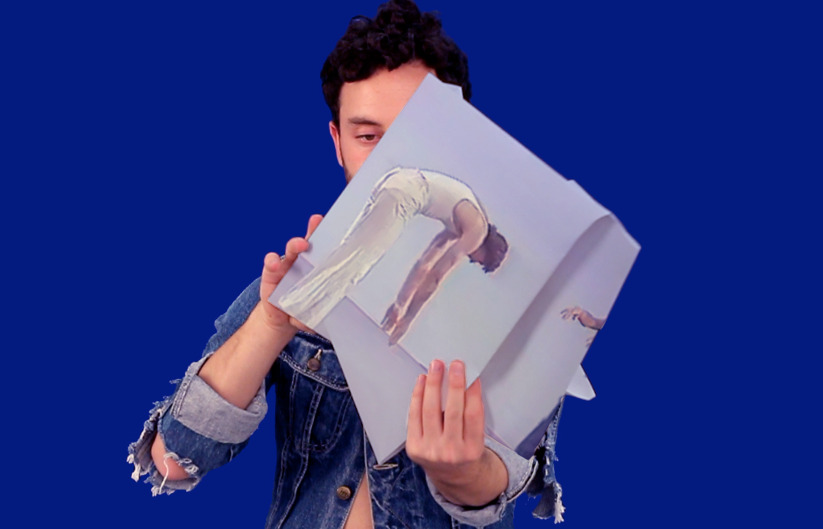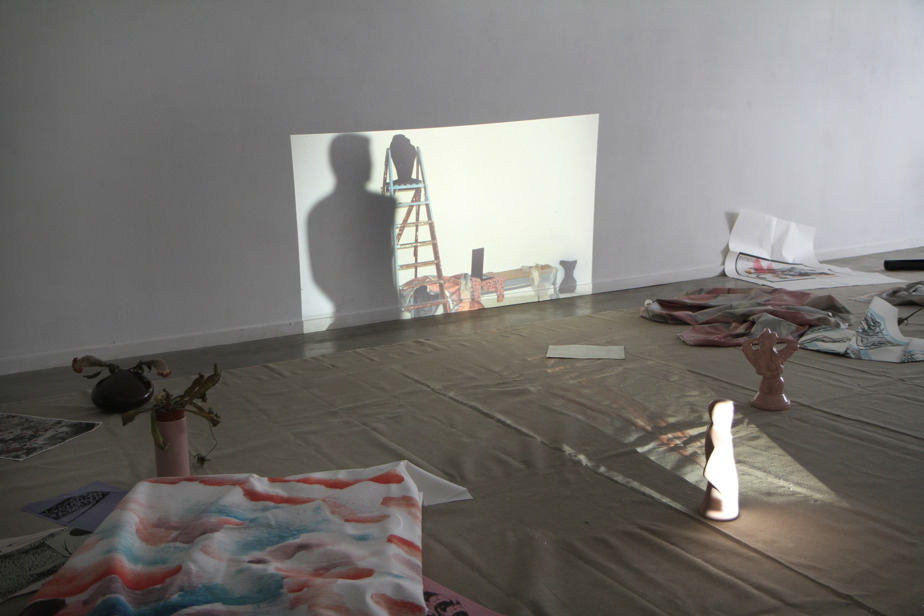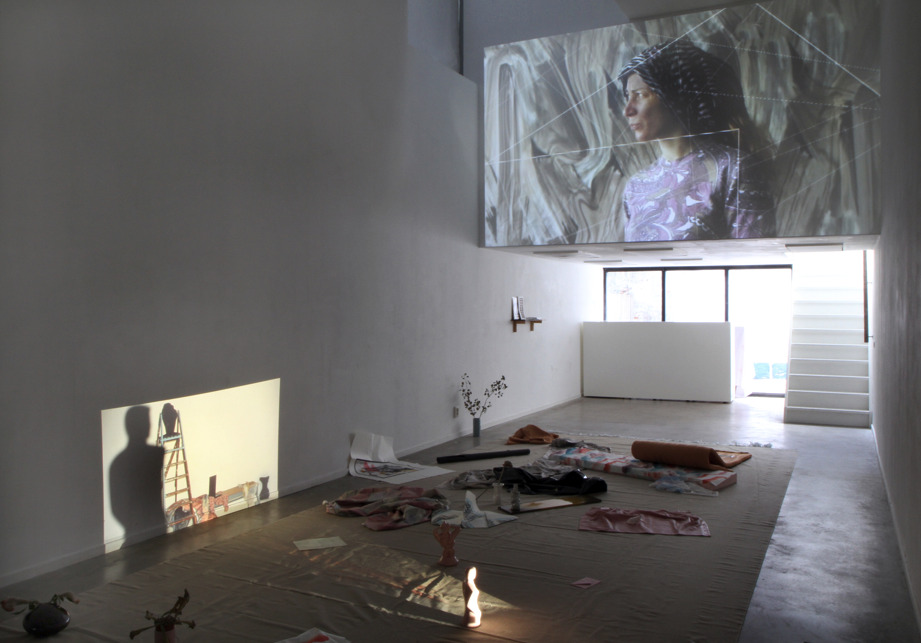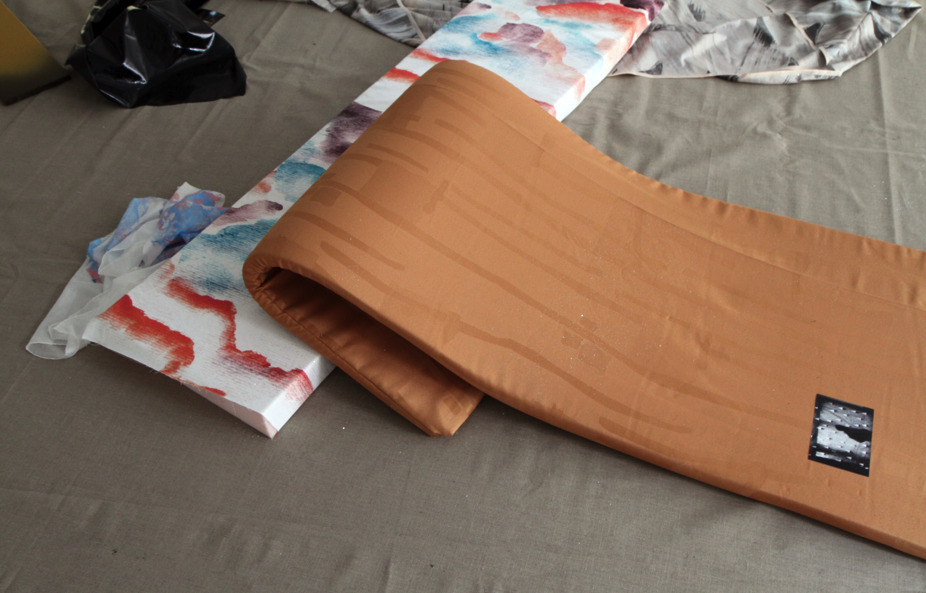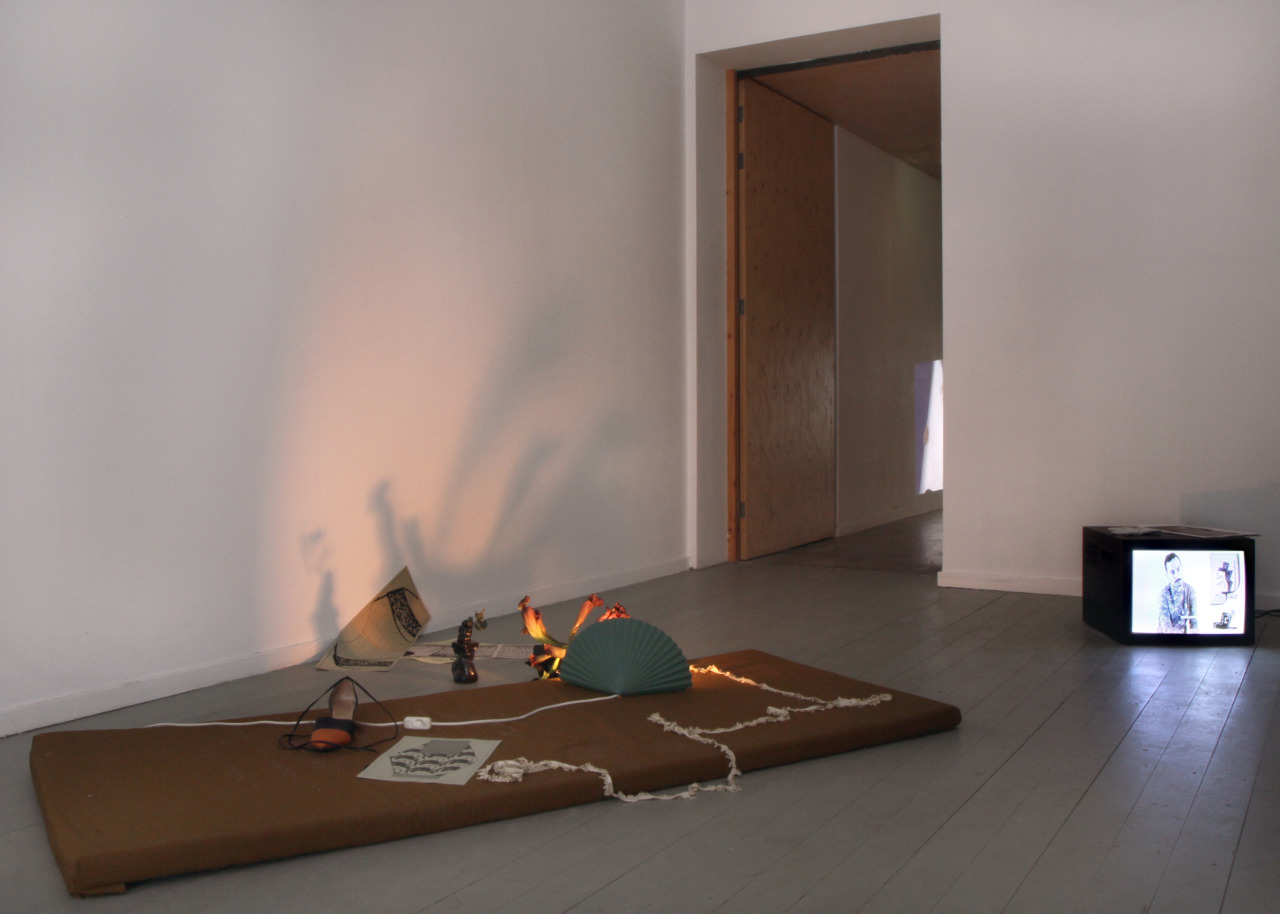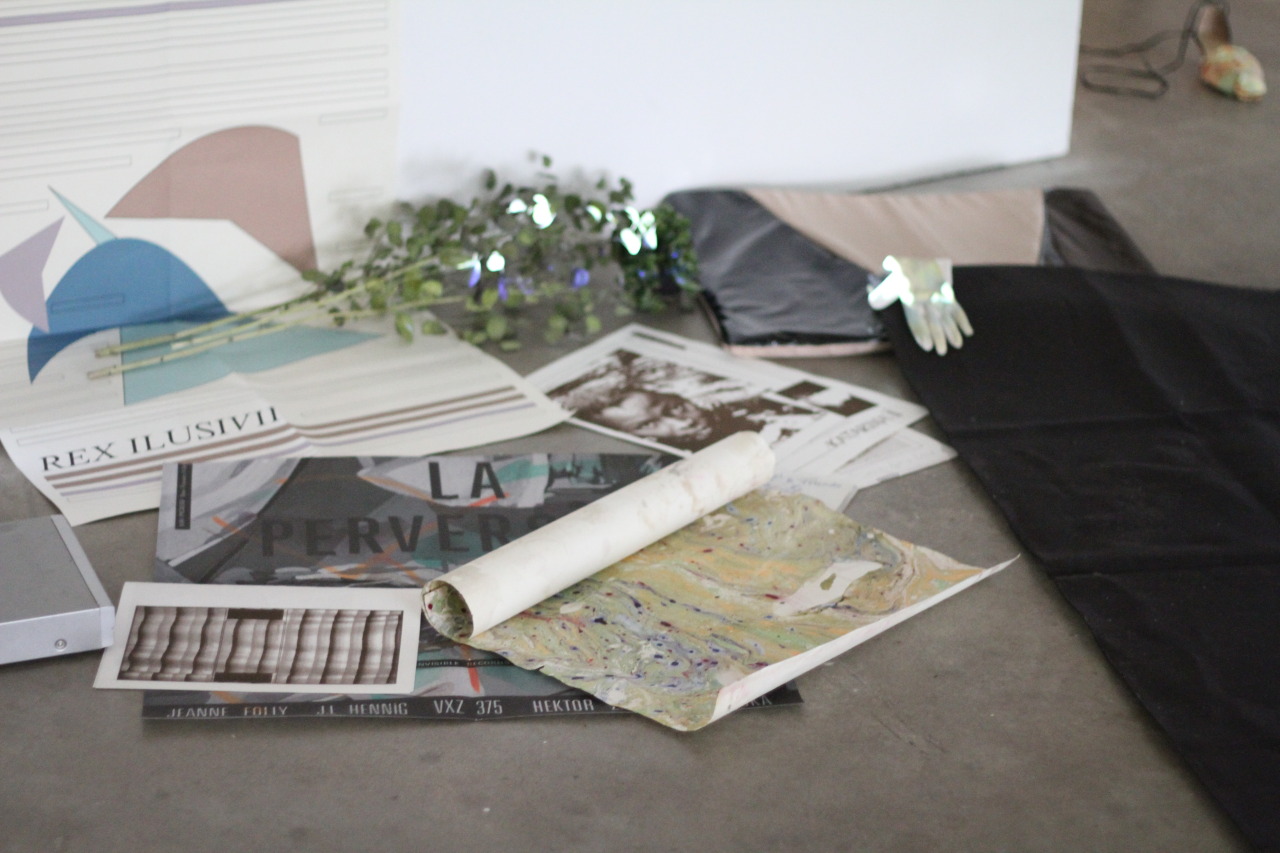FRANCIS PONGE
10 June 2011 - 2 July 2011
Solo exhibition at 1646 Project Space
Installation view (variable media)
-------------------------------------------------------
OLA VASILJEVA IN CONVERSATION WITH JUAN A. GAITÁN FOR THE PUBLICATION TO ACCOMPANY 'FRANCIS PONGE' EXHIBITION AT 1646.
Juan A. Gaitán
Ola, please tell me about the Oceans Academy Of Arts.
Ola Vasiljeva
The Oceans Academy of Arts (OAOA) is an amorphous artist collective that I founded a couple of years ago. It functions as a vessel for ideas about art and ways of showing art works. Depending on each project, we are interchangeable as artists, collaborators, curators or viewers.
The urge to create OAOA grew from my own dissatisfaction with the way that art institutions were displaying my work and the context it was often placed in. I felt the need to create a new independent structure which would serve as a platform for my creative practice. I shared these ideas with some friends who had a similar approach to art and we formed OAOA.
At first OAOA did not have any physical body, it was a rather ambiguous website that contained very little information about the project, yet functioned as a sort of a visual manifesto.. There were somewhat random images of our artworks presented in a seemingly ''curated" order. Later I decided to translate this manifesto into a publication: OAOA zine, which I continue to publish annually. The zine takes the shape of a small magazine, sometimes a poster, sometimes a small book.
The OAOA exhibitions are just as amorphous, spontaneous and mobile. We do sometimes play the museum game - but in our own way, the grouping of selected works has hardly any obvious logic or theme, yet the arrangement of the artworks and the choice of location or venue is always very conscious. In contrast to the classical white-wall hierarchy of the art institutions, OAOA choses locations and spaces that often do not carry any purpose, connection or history of the art world, yet they are haunted by a certain ambience that would be an impeccable framework for that or another collection of artworks. The OAOA exhibitions have taken place at the Children's Ballet Room in Latvia, shop windows in Paris and The Hague, corridors, artists' studios and domestic interiors.
It was never the goal of OAOA to be a rebellious reaction of the classical curatorial approach of the art institutions or to even be "rebellious" at all. I see it simply as a part of my artistic practice, the most acceptable and enjoyable way of making and presenting artwork.
Juan A. Gaitán
There are two things about OAOA that I find fascinating. One is that the audience is as amorphous (or even absent) as the space itself. The other is about the fictions that surround the figure of the artist. These are, in my mind, two very strong elements of your work. On the one hand, OAOA is, let's say, a semi-fictional institution. Semi-fictional because it presents works of art that actually exist or have existed, but whose spectatorship is deferred - scattered, dispersed, postponed. To the majority of us, viewers, these events and works that take place within OAOA exist only from reports, but the images that you choose clearly show that they did in fact take place. And to push this idea a little bit further, even when I see your work installed in the gallery - as with Alchimie du Verbe - there is a factor of deferral, as if one is looking at something that is not quite there, a report. This factor of deferral also includes the figure of the artist, so that the authorship of the work emerges in a contested space between you, as artist, and different real and fictional characters who also lay claim to the work. Of course these are more literary questions, but your work is very influenced by literature, which we can talk about a bit further too. But for now, the question is about this what I am calling a "factor of deferral", and whether this makes sense to you as a way of explaining something about the logic of your work.
Ola Vasiljeva
Sometimes intentional, sometimes not, but I guess I have to admit that this "factor of deferral" is something prominent in my manner of working. It's true that the absence of spectator doesn't bother me and often is even preferable: however if I do chose to leave some traces for the audience, I try to chose carefully what kind of nostalgic influence these traces carry. I love the humble charm of village museums, I love the deranged private collections of half-insane fanatics, I love provincial surrealism. I guess I am just very nostalgic and have much affinity with the past fashions. Perhaps I just find the orthodox way of exhibiting in contemporary galleries simply uninteresting, so I complete it with semi-fictional histories, characters, websites, until it reaches the right state of the "deferral".
Working as an obscure anonymous collective might be one of the ways to diffuse the attention that is usually drawn to the figure of an artist. The same goes for the choices made when installing the work- scattering it and making it mingle with the interiors instead of trying to focus on or single out a specific object.
Juan A. Gaitán
How about telling me a little about what you're doing for this exhibition? It's titled after Francis Ponge, whose poetry is striking in part because he was using an apparently simple language, and focusing on mundane things, but at the same time he was inflecting his poetry with highly charged issues, issues of power especially. How does Ponge figure in the work you are making now?
Ola Vasiljeva
I have an endless admiration for the work of Francis Ponge. He is very unique in his approach to language; it seems that his selection of simple, non-dual objects allows him to have maximum control of language. I find it interesting that very seldom Ponge writes about a human, but if he does so- he seems to be dehumanising the human down to a static, unchangeable object again. His relationship with the reader is also very interesting: when reading Ponge, one is almost forced to participate in the entire build-up of the poem. As a reader you are sort of dragged through some tiny rooms attempting to integrate each detail into an intelligible whole. Ponge is dressing up, encapsulating and encoding his idea into a specific formula, yet he is avoiding the traditional idea of a moral or a conclusion. Here I see some parallels with my own creative approach. I titled this project after Francis Ponge perhaps to give a clue of how to read it. The reference to Ponge is somewhat oblique and indirect but present.
At 1646 I am creating a scenographic installation, populated by found and modified objects, prints, videos and music. Then I "encapsulate" this collection in the appropriate formula..
Juan A. Gaitán
Another aspect of Ponge is of course the way his poetry presents objects only in terms of the way humans interact with them. An example is the door. He says that kings never open doors (they are opened for them) and thus they miss the pleasure of pushing, feeling them rotate on their hinges, etc.. Soap is of course a very important example, as it was scarce during the time he was writing the book, and thus the lush image with which he begins (bubbles) seemed "wasteful" for the Europeans of the 1950s. Soap, of course, has a more problematic political connotation, with its associations with Empire and with ethnic cleansing and so on. You also bring in objects that have a certain mundane existence but which at the same time seem to have a range of connotations, both poetical and political ...
Ola Vasiljeva
Ponge's "Soap" is a marvelous piece of visual poetry, but it definitely strikes the political string.
My work gets layered and revolves thematically around various issues- issues of class for instance. I am interested in the rituals of daily life, styles, preferences and manners of various social groups. I like to see these references mingle and mutate. However I prefer to touch on these issues lightly; I guess my work functions rather as a research into these themes, than it strives to offer criticism.
Juan A. Gaitán
I love the short interview! We should do a longer one! :)
 Home
Publications
Info
OAOA
Home
Publications
Info
OAOA
